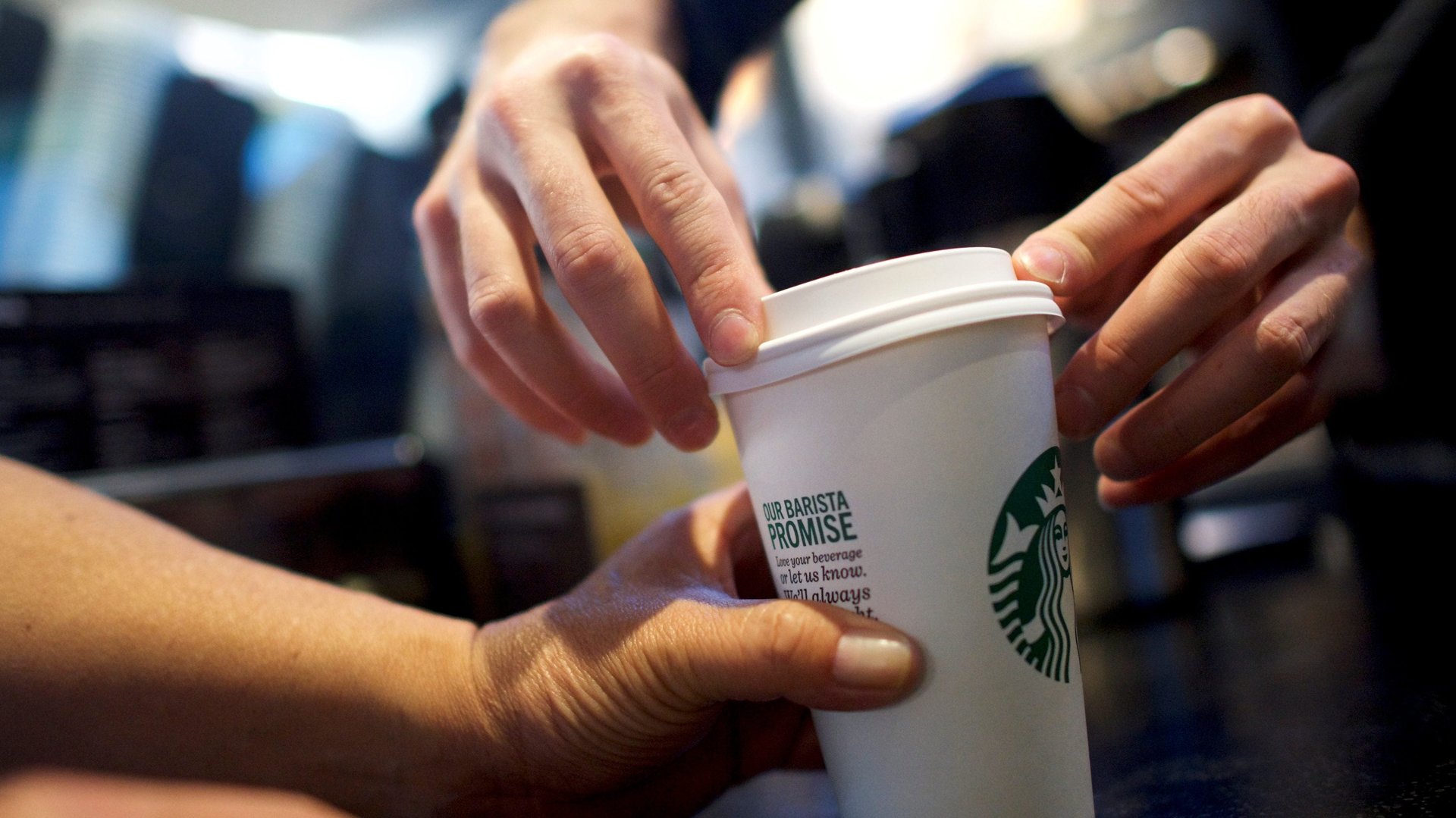US coffee imports are up—and so are prices
The US is importing coffee, and lots of it, at the highest prices in a decade.


The US is importing coffee, and lots of it, at the highest prices in a decade.
In 2021, the customs value—the price paid for merchandise when it’s sold for export to the US, excluding things like import duties, freight, and insurance—for US coffee imports reached $6.8 billion, up from $5.6 billion the year before, according to new data from the US Census Bureau.
Higher prices haven’t stopped the US, which is the largest coffee importer in the world, from buying more beans. In 2021, the average price per kg hit $4.27, the highest point since 2012. Twenty years ago, a kilo of coffee was $1.26. In 2021, coffee imports reached 1.58 billion kg (3.48 billion lbs), up 3% from 2020, a figure that includes green, roasted, caffeinated, and decaffeinated beans.
Increasing imports at higher prices suggest that bulk coffee buyers in the US are concerned about future coffee prices, says Federico Ceballos-Sierra, a coffee producer and consultant in Colombia. “You wouldn’t be buying at this higher price, if you were expecting prices to go lower,” he says. “Roasters are just trying to ensure they will have supply as the year goes by.”
After receiving coffee prices from a regional call, he and his father sit down each day to discuss when to sell, he says. They look at futures markets and what countries that are big importers are doing. For now, they will hold onto their coffee, he says, as the data suggests coffee prices will continue to rise.
The weather is partially to blame
The choice of artisanal coffee shops and Starbucks, arabica coffee plants are particularly sensitive to climate. (Robusto is the other main variety of coffee grown and brewed around the world.) Drought, followed by severe frosts has curtailed production in Brazil, which accounts for 30% of US coffee imports, the largest share. La Niña has brought heavy rains to Colombia, which sends the US 21% of its beans, since last year, Ceballos-Sierra says. In Colombia, coffee production fell 11% from February 2021 to January 2022, says Ceballos-Sierra. At the same time, supply chain challenges, from port congestion to lack of workers, have sent transportation costs soaring.
🎧 For more intel on increasing consumer prices, listen to the Quartz Obsession podcast episode on oat milk. Or subscribe via: Apple Podcasts | Spotify | Google | Stitcher.
As a result, arabica coffee reserves certified by the Intercontinental Exchange Futures (ICE) US exchange have fallen to the lowest level of inventory since February 2000, according to data the ICE Futures US exchange released on Feb. 7. The reduced reserves are a concern because countries reach into the supplies when they can’t get enough overseas.
Are high coffee prices here to stay?
Higher prices have already surfaced on the menus of coffee chains. Starbucks said it plans on raising menu prices again in 2022, following increases in January of this year and October of 2021. For now, Starbucks has an adequate amount of supply of coffee, said Meg Lagesse, a company spokesperson. Starbucks purchases coffee 12 to 18 months in advance of delivery. When it comes to pricing decisions, the company says it factors not just the cost of coffee but also labor and distribution costs.
Home caffeination won’t necessarily shield coffee drinkers from rising prices. Coffee, meaning beans and instant coffee available for consumers to purchase rather than the coffee commodity market, is one of the many goods getting more expensive in the US, with prices reaching 8.6% increase year-over-year in January, according to the US Bureau of Labor Statistics. Overall US consumer prices rose 7.5%.